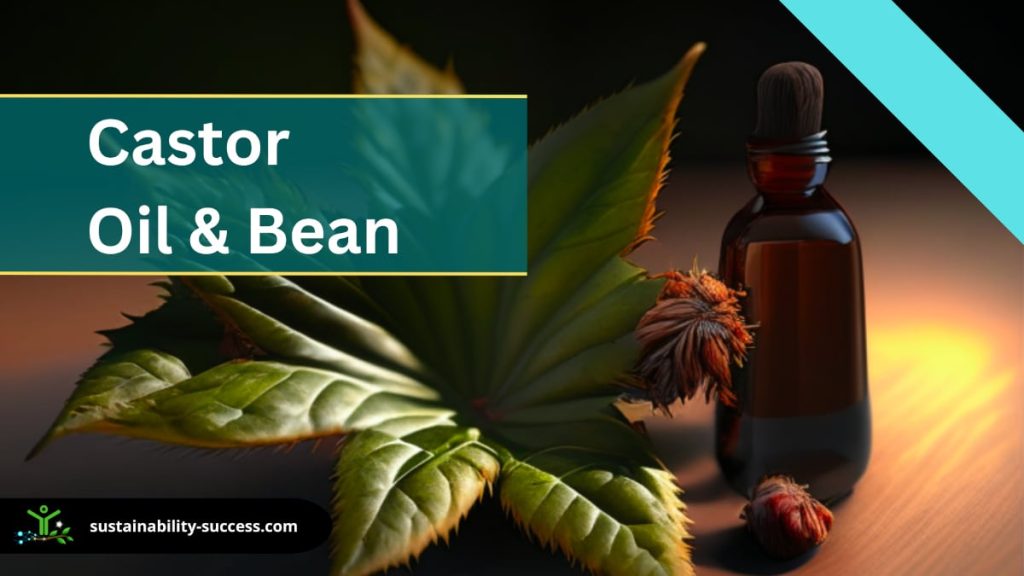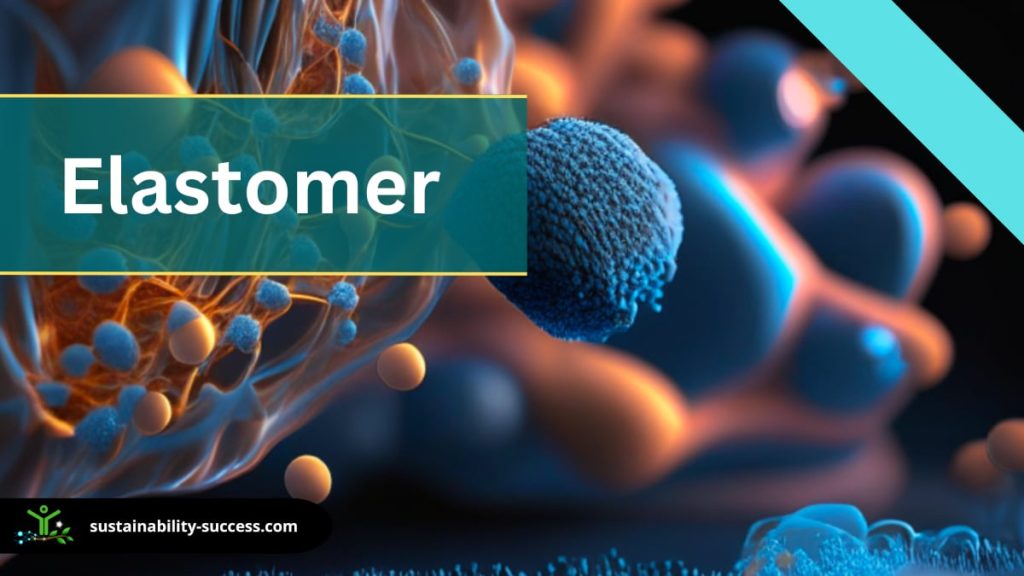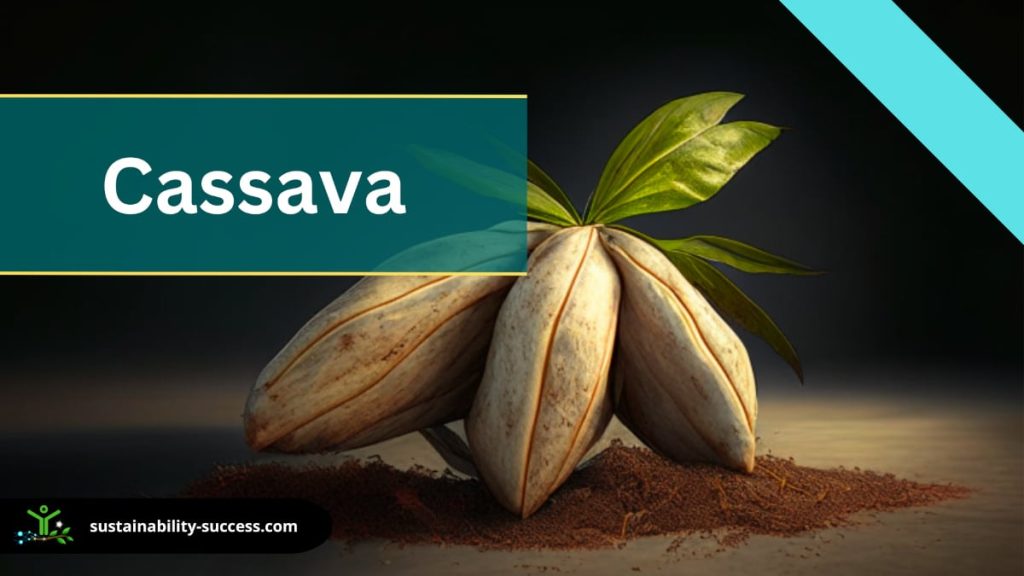Brands are not always true to their word when it comes to biodegradable products. A new study revealed that 60% of products labeled as compostable do not fully break down in home composts. The researchers stated that companies are not upfront about how sustainable these compostable options are, so eco-conscious consumers end up purchasing products that are not truly biodegradable.

These false claims can be pretty upsetting to many individuals who make an effort to purchase eco-friendly products. However, you can avoid getting fooled by greenwashing labels by learning to identify which materials are truly biodegradable and which aren’t. To start, here are five biodegradable materials that you should look for in the products that you buy:
Linen

Linen is one of the most biodegradable materials used in the sustainable fashion industry. As long as it remains untreated, the natural fibres from the flax plant can biodegrade within years instead of centuries.
As such, our article on fashion’s environmental impact highlights that natural and renewable materials like linen are one of the materials that you should look out for when purchasing clothes. Aside from being biodegradable, this natural textile is also less likely to contain microplastics and other pollutants that can be released into the environment once washed.
It also takes less energy and water to produce linen, making it a great alternative to synthetic fabrics like polyester and nylon.
Castor Oil & Bean

Ricinus communis is a plant from which biodegradable materials like castor oil and castor bean are derived. Many companies like to use castor oil because they are proven to be both renewable and biodegradable.
Castor oil is already well-known as a biodegradable raw material in the beauty industry, but it is also widely used in fashion accessories like sunglasses. In fact, Oakley’s frames on their sunglasses are made up of bio-based carbon content, like castor oil, to make the eyewear biodegradable. Sunglasses styles Hydra and BXTR have BiO-Matter frames primarily made from castor oil instead of typical non-biodegradable materials like plastic. So if you’re looking for fashion or beauty products, consider castor oil as one of the green flags.
Elastomer

Synthetic elastomers are made from petroleum, which is not biodegradable. Due to the high usage of elastomers in various industries, companies have made biodegradable types of elastomers derived from renewable raw materials like sugar cane or corn.
Elastomers are stretchy yet durable raw materials, which is why they’re typically used in the production of footwear. To illustrate, Balena created 100% biodegradable elastomers to develop their fully compostable BioCir slides. The priority material of these elastomers consists of 60% bio-based content, despite being as flexible, soft, and smooth as plastic. Through these biodegradable elastomers, you can enjoy eco-friendly and functional footwear products.
Cork

Cork is a renewable and biodegradable material that’s extracted from the outer bark of the cork oak tree. Extractors usually follow a special process to ensure they can get cork from the tree, without affecting its ability to grow and produce more product.
Many people are familiar with corks because of their usage in wine bottles or coasters. However, cork can actually be turned into a textile that can be used for bags. The bags from MB Cork and Cork House are made up of material in their natural form. Meanwhile, brands like Laflore Paris and Corkadia turn cork into faux leather for their handbags, backpacks, and wallets.
Cassava

Believe it or not, cassava is a material that serves as a biodegradable alternative to plastic. Though paper and cloth bags are already used as an alternative, there are eco-friendly benefits that can be derived from cassava bags alone.
For example, the single-use bags of Cassava Bags Australia are extracted from cassava and combined with organic components to create a biodegradable, plastic-like film. As such, these single-use bags and liners can be easily dissolved in hot water after use. Internationally-recognized companies have also tested these bags and liners as plastic-free and biodegradable products, proving cassava’s efficiency as a biodegradable material.
Conclusion
Thanks to eco-conscious consumers, more brands are using biodegradable materials for their products. Try to keep an eye out for products with these biodegradable materials to protect the planet and encourage brands to become more sustainable.
FAQ
What are Biodegradable Materials?
Biodegradable materials are materials that are capable of being broken down into their base components by the action of microorganisms found in the natural environment. These materials can be safely disposed of in soil and waterways without causing harm to the ecosystem. Examples of biodegradable materials include paper, cardboard, certain plastic-like materials, and organic waste.
Biodegradable materials are increasingly being used as a more sustainable alternative to non-biodegradable materials, which can remain in the environment for hundreds of years, posing a significant threat to wildlife and their habitats.
What are the benefits of biodegradable materials?
Here are the main benefits of biodegradable materials:
- Biodegradable materials are made from natural sources, such as plant and animal matter, which can be replenished over time, making them a renewable resource.
- Biodegradable materials are generally safer for the environment than non-biodegradable materials because they break down more easily and reduce waste accumulation.
- They can help reduce greenhouse gas emissions and combat climate change in several ways:
- They can be made from plant matter that absorbs carbon dioxide as it grows, reducing the amount of carbon released into the atmosphere when the material decomposes.
- They can reduce methane emissions from landfills by decomposing more efficiently.
- They are often compostable, meaning they can decompose into nutrient-rich soil, which can be used to grow new plants.
- Biodegradable materials can be used to create a range of products, including packaging, clothing, and building materials, making them adaptable to many different industries.
- They can be less harmful to wildlife than non-biodegradable materials because they do not pose a choking hazard or entangle animals in the same way that plastic can.
- Biodegradable materials can be recycled, often with less effort, than traditional materials, so they can also help reduce waste even when they cannot fully break down.
- They can help reduce petrochemical consumption and oil dependency, which can have significant environmental and geopolitical benefits.
What are the challenges and limitations of using biodegradable materials?
Despite the many benefits of biodegradable materials, there are also several challenges and limitations to their use. Here are the main drawbacks of biodegradable materials:
- The cost of producing biodegradable materials is often much higher than traditional materials. This can make it difficult for companies to justify the switch from non-biodegradable to biodegradable materials.
- Some biodegradable materials decompose too slowly to be practical for certain applications.
- Many biodegradable materials require specific conditions, such as temperature and moisture levels, to decompose properly.
- The disposal of biodegradable materials must also be carefully considered because while biodegradable materials can be broken down in specific conditions, improper disposal could harm the environment and ocean life.
- Each biodegradable material is unique, so we must consider how to best use them to minimize their impact.
- There is a limited range of materials that can be made into biodegradable materials, limiting their potential use in a wide range of applications.
You may also be interested in reading how biodegradable materials are used to produce eco friendly toothpaste.

